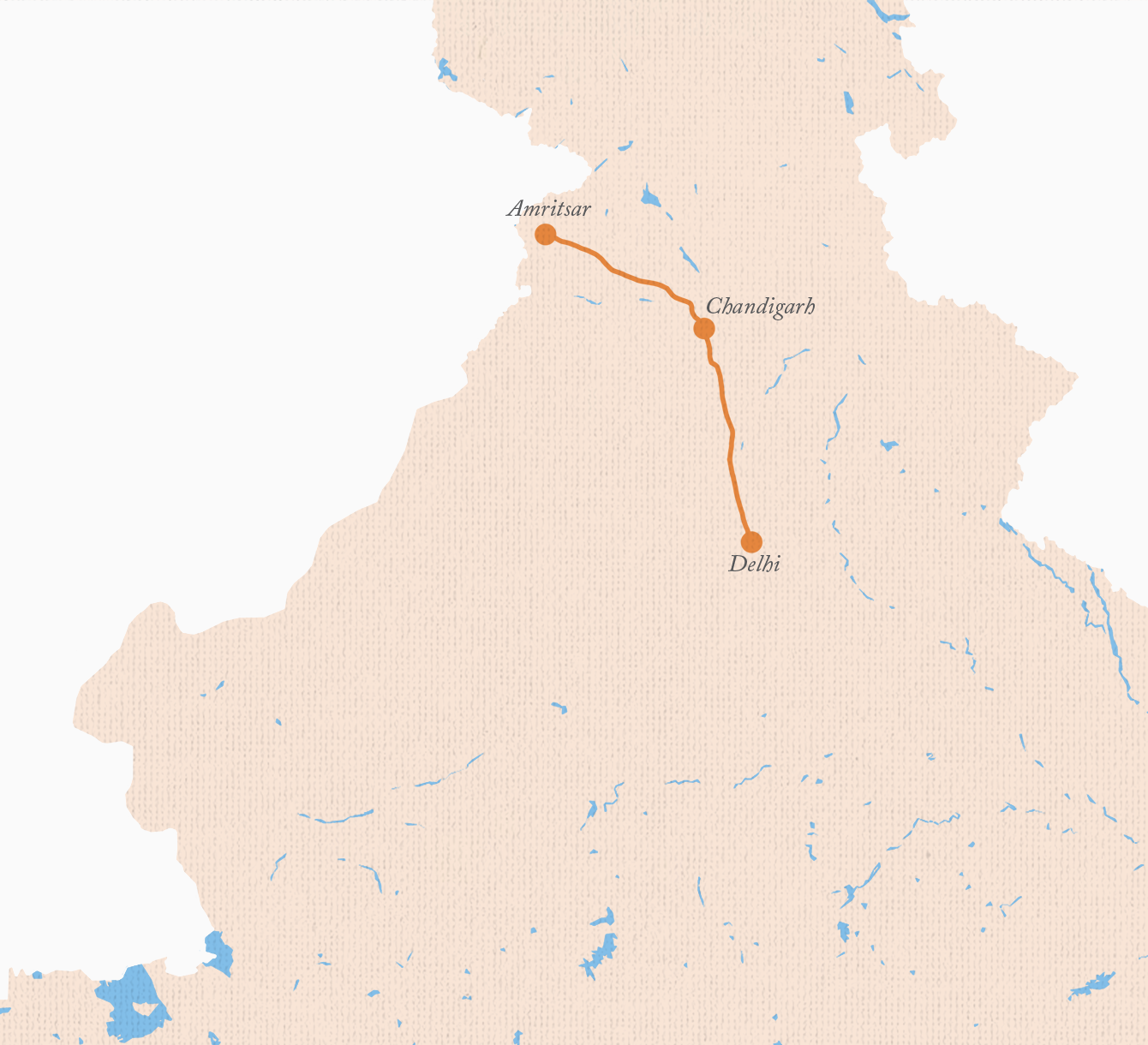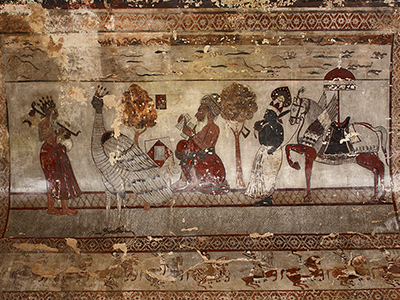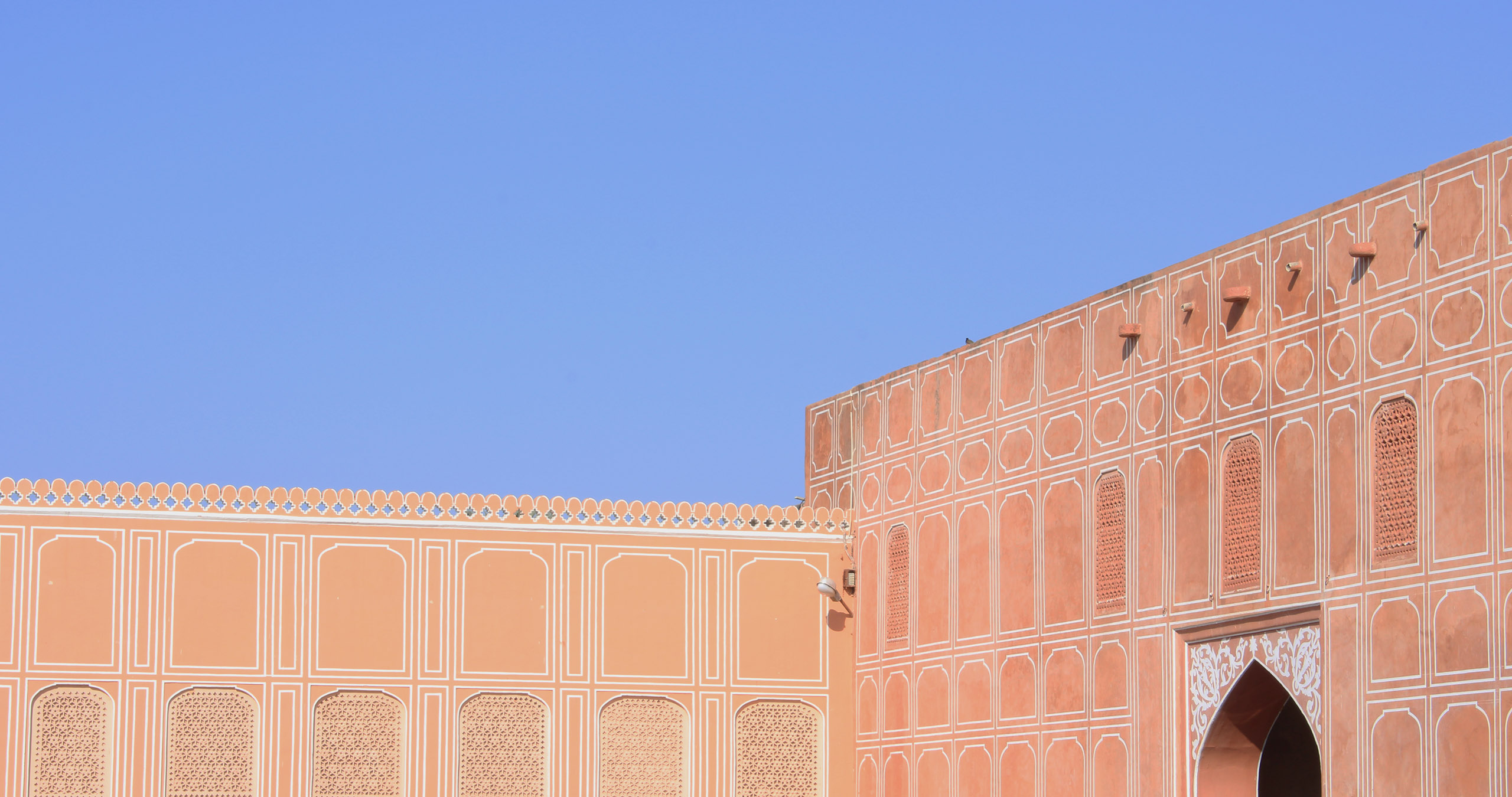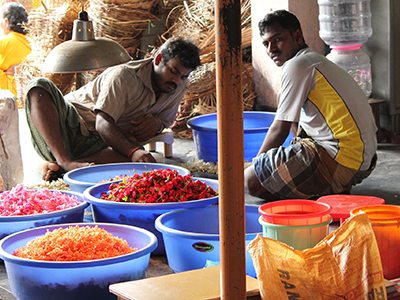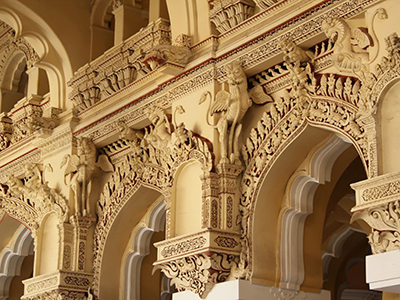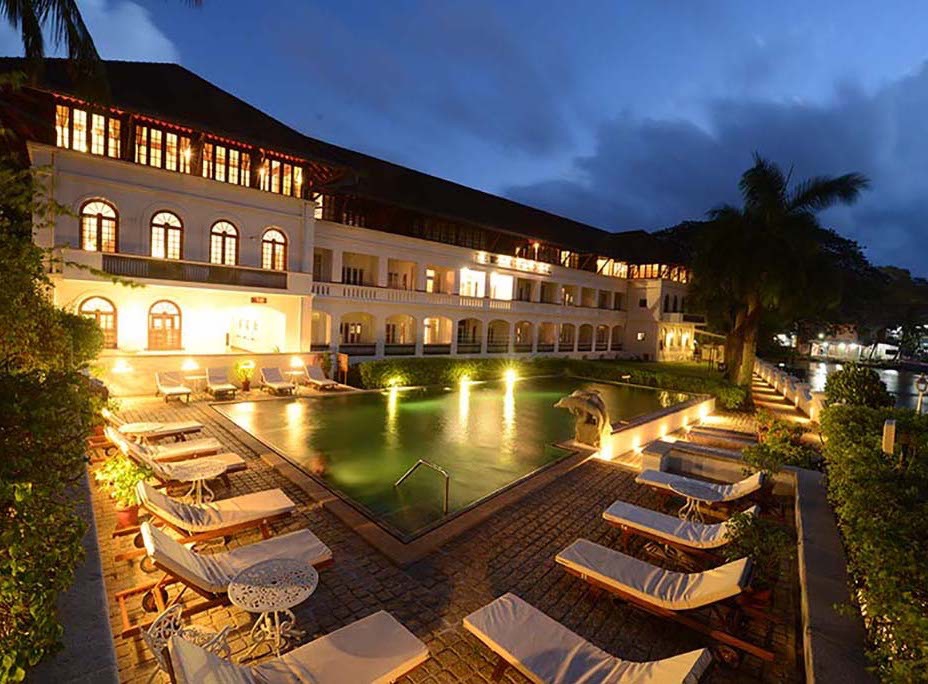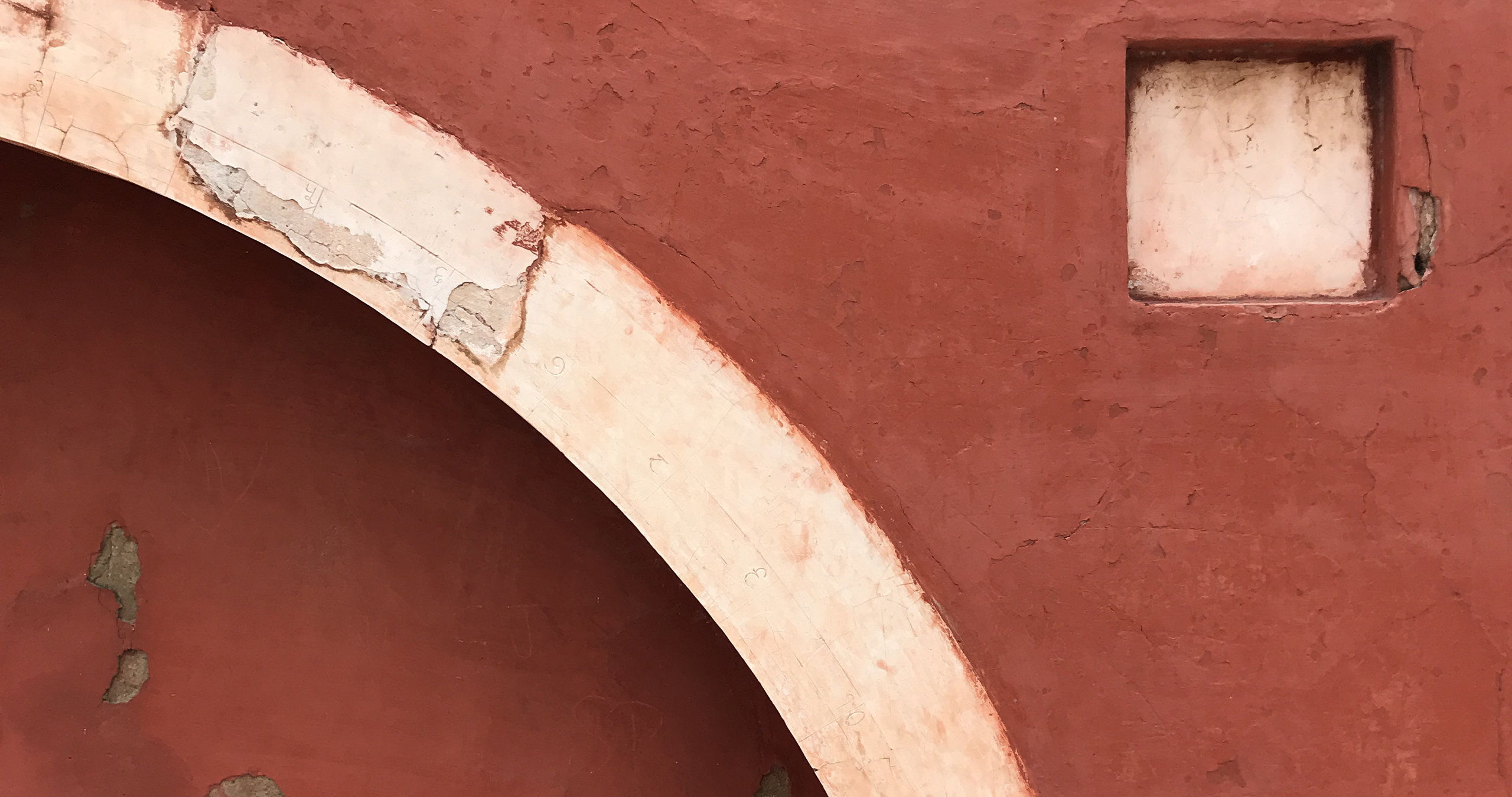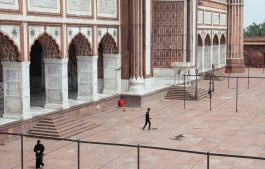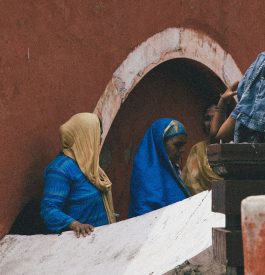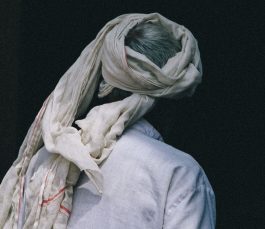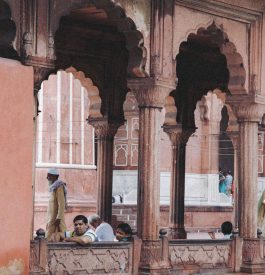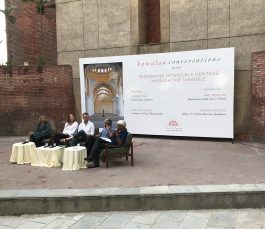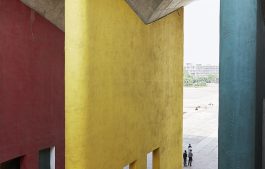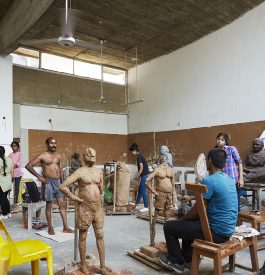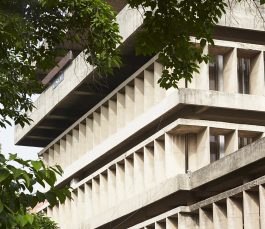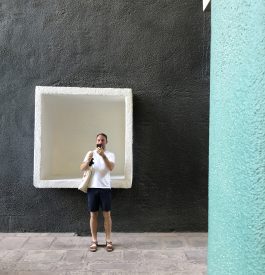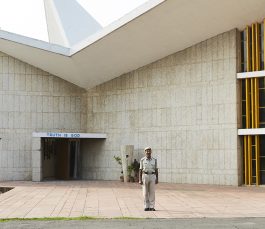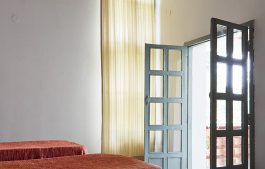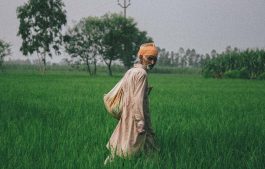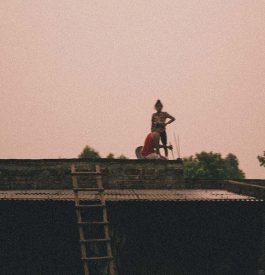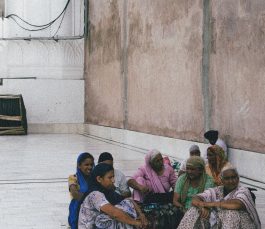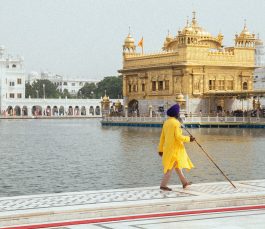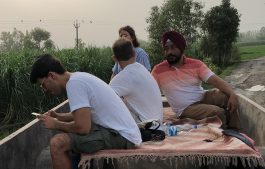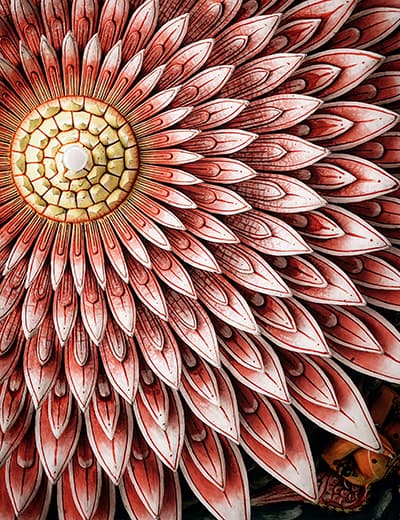Chandigarh
Driving past the light showers that greeted us as we drove on from Delhi, interspersed with coffee breaks and the taste of fluffy, buttery naans at a local dhaba, we reached Chandigarh, the city planned by Le Corbusier. Here, we met Avita, a heritage specialist who would be our accompanying expert for the next few days in the city.
Early in the morning, we entered the campus of Panjab University, where we photographed the modernist facades devised by Swiss-French architect Pierre Jeanneret. On its campus, we ventured into the Gandhi Bhawan, a centre dedicated to the study of Mahatma Gandhi’s work. Generally not open at such early hours, we were able to gain access to the space with Avita's help. Exploring the centre at a time when it was completely empty, we were able to observe its structural innovation at our own pace. After a long walk in the college campus, we relaxed over breakfast at a local restaurant.
Then, we left for the Capitol Complex, the political heart of the city that embodied Corbusier’s spirit of “revolutionizing office buildings”. From the magnificent facade of the High Court on one side, that seemed to cast a shadow of justice with its sweeping roof, we walked towards the louvred structure of the Secretariat. From its sound-proofed office interiors, we climbed to the top of the terrace from where we could catch a view of the entire complex. Finally, we moved on to the Palace of Assembly, where with no ongoing sessions in place, we were lucky to be able to access its vibrantly designed assembly hall.
After a sumptuous lunch in a Punjabi restaurant, we were excited to head on to the house of Pierre Jeanneret, that immortalizes his creative genius. Although closed after 5 PM, we managed to get access to its premises through Avita’s contacts and were able to click images of its modernist facade in the perfect evening light, promising to return the next day to spend more time inside. Later, we explored the sculpture art at Rock Garden, a space that exhibits art designed from waste and watched the sun set by the waters of Sukhna Lake.
Early next morning, we began the day amidst the sprawling botanical collection of the Rose Garden, before arriving at the house of Pierre Jeanneret. Converted to a museum, we were fascinated by the glimpse its interiors provided at the life of the Swiss architect. As a couple of hours flew by, Andrew told us of a school designed by Corbusier that he’d read about. With its name as our reference, we went on a searching expedition - asking the locals for directions, and arriving at another school of the same name, until we found our way around the back to reach the primary school that could instantly be recognized as Corbusier’s work, one we were thrilled to locate and photograph.
Later, we visited the City Architecture museum that was designed by Jeanneret. Observing the blueprint of the city as it was conceptualized and the letters of correspondence between architects of the time, we got an intimate sense of the origin story of this city. At the Government College of Art nearby, we noted the philosophy of Corbusier in its structural design. Walking its corridors, we were taken in by the practical sessions being carried out, as students of art moulded lifesize sculptures in clay.
In a fitting conclusion to the day, we had conceived of a meeting with Shiv Dutt Sharma, a prolific Indian architect of modernist aesthetic, and a contemporary of Jeanneret. Jeanneret passed away before the building of the City Architecture museum could be completed, which was then seen through to the end by him. We listened to his stories of the days spent with Jeanneret, when the famed architect would arrive after a busy day’s work, travelling in the iconic white ambassador for design discussions that would spill over into the night. Through these exchanges, we were able to piece together the working mind behind the design aesthetics captured in the past few days.

